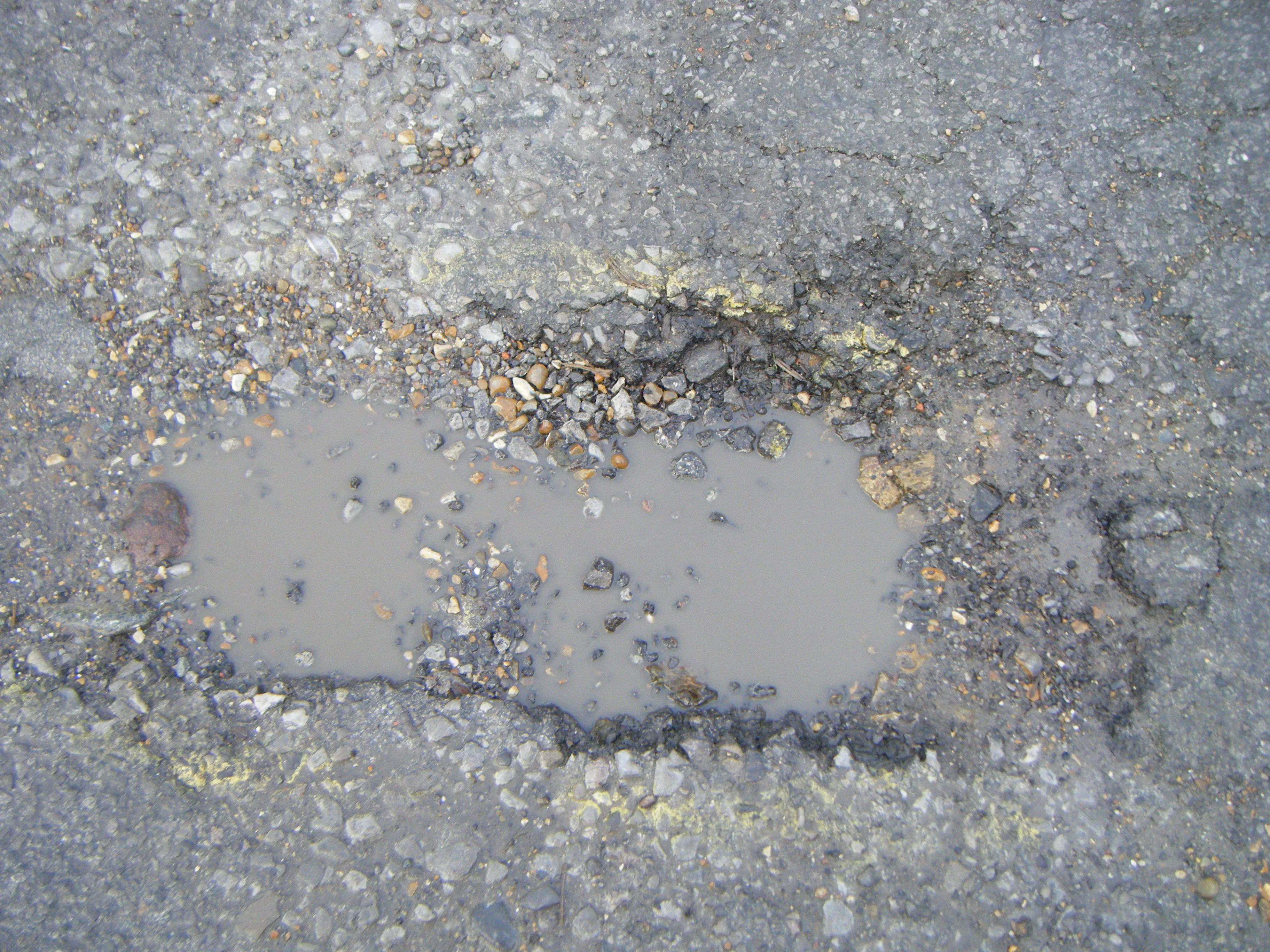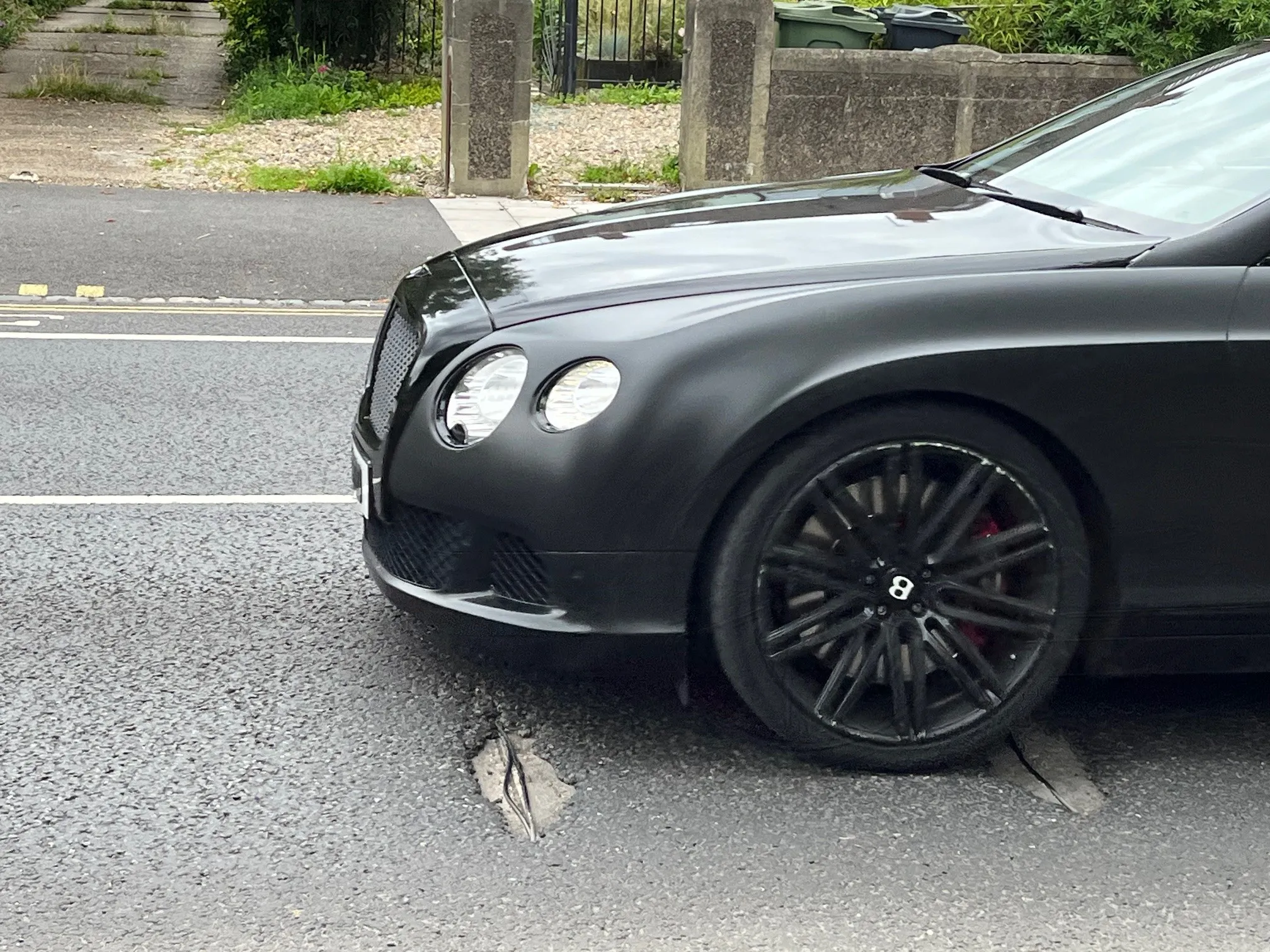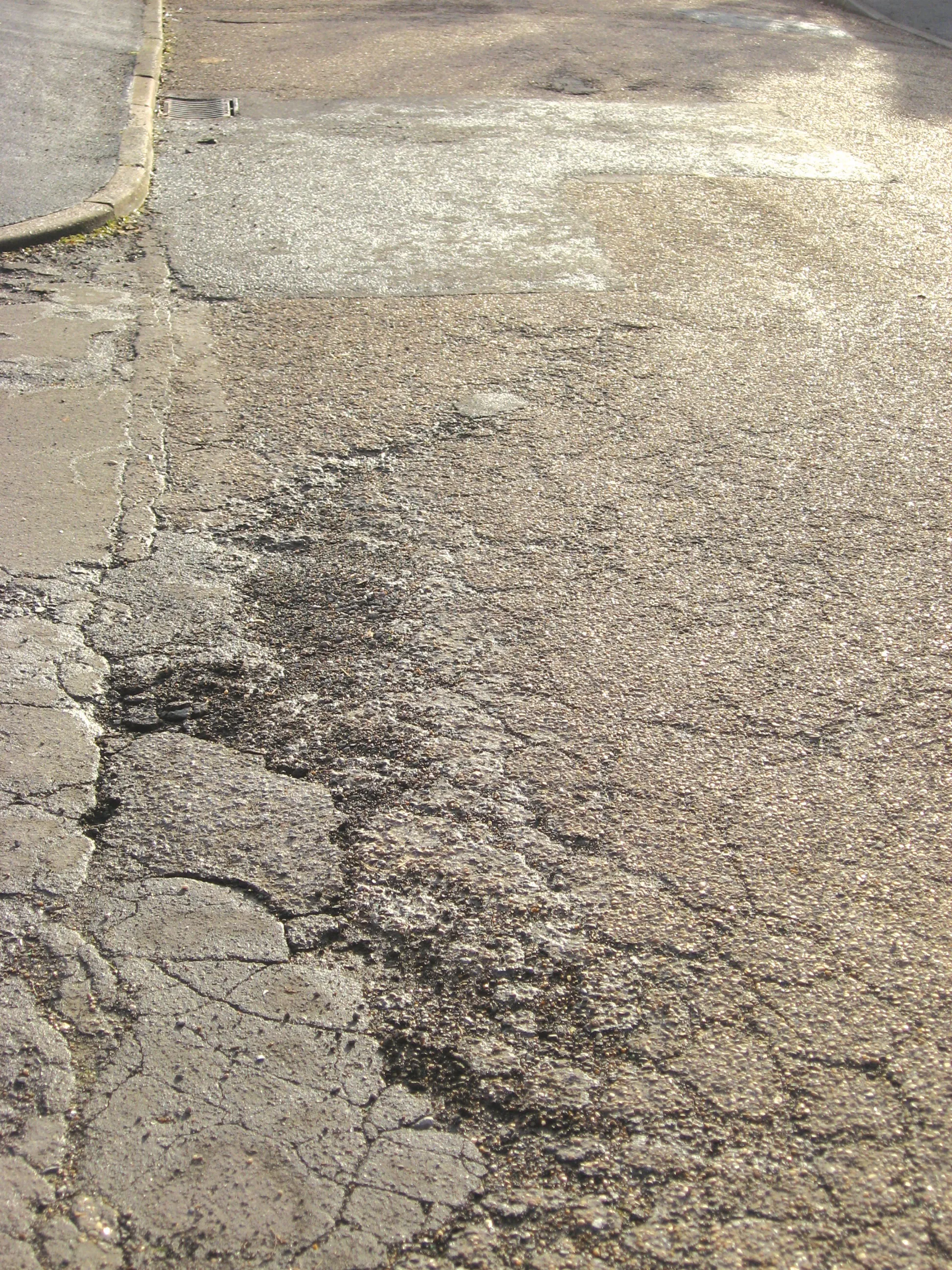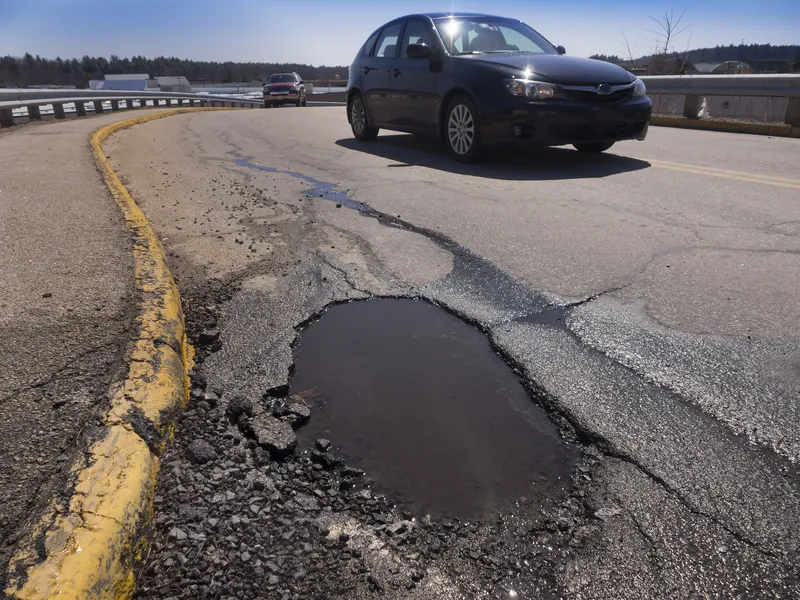Sweden is seeing an additional pothole challenge from recent mild winters.
By MJ Woof
March 26, 2020
Read time: 1 min

Mild winters are causing issues for the Swedish road network. High rainfall and varying temperatures are causing additional wear and tear for Swedish roads, with a higher risk of potholes developing than in previous years.
Delivering long-lasting pothole repairs presents a technical challenge. Varying conditions means that the freeze thaw process is increased, as cold stretches with temperatures below freezing point are then followed by milder weather.
The cost of the problem has yet to be identified. However, the Swedish Transport Administration (Trafikverket) is now reviewing a series of solutions to reduce the pothole problem.









